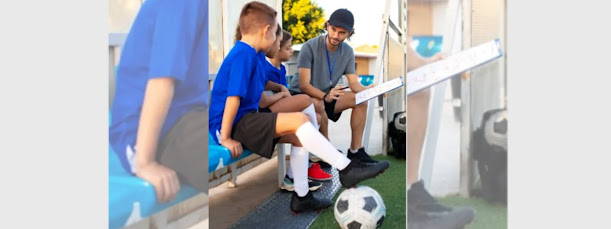Recovery Timeline and Recommendations for ACL Reconstruction Surgery

The ACL (Anterior Cruciate Ligament) is pivotal for knee joint mobility. Recovering from ACL surgery entails several months, with the initial emphasis on minimizing swelling and restoring knee function. Post-surgery, physiotherapy is crucial for strengthening the knee joint and enhancing its range of motion. Patients gradually resume normal activities under the guidance of their physician. Adherence to post-operative instructions, consistent attendance at physiotherapy sessions, and adherence to prescribed medications are imperative for achieving full recovery. Understanding ACL Tears: The ACL, centrally situated within the knee, can sustain injuries ranging from partial to complete tears, often accompanied by symptoms like knee instability, swelling, and pain. Types of ACL Tears and Risk Factors: ACL tears are prevalent among athletes engaging in high-impact sports and individuals with physically demanding occupations. These tears are categorized into three grades based on sever...





